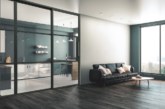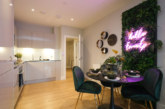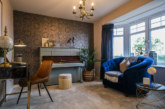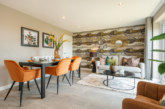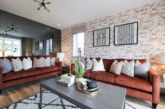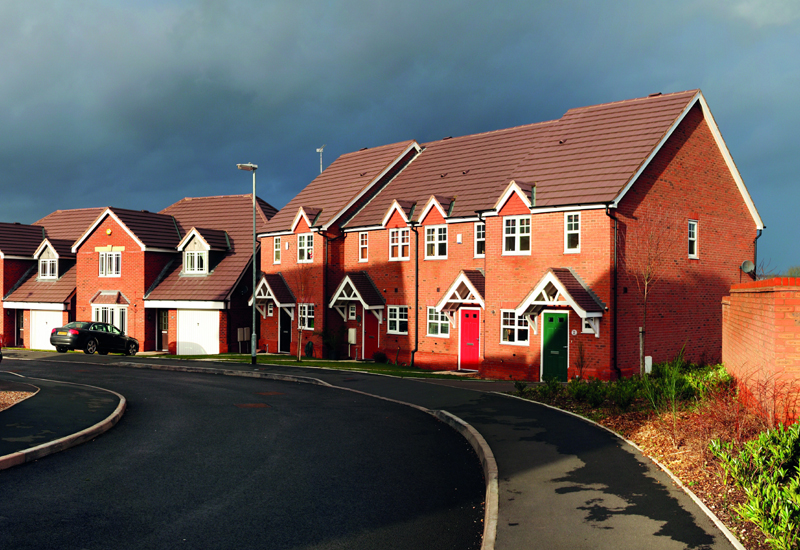
Sarah White, Residential Market Manager at British Gypsum, discusses why quality housing with flexible interior spaces can help create homes for a lifetime.
Recent figures show that building outputs fell by 4.3% in August2015, with construction firms pointing to the ongoing skills shortage as a reason for delays in key projects. London in particular has received wide exposure of its ongoing struggle to provide adequate housing for its increasing population.
Exaggerated house prices, low incomes and a fundamental lack of housing have resulted in a surge of initiatives aimed to bring housing to the centre of the UK’s attention. The Fifty Thousand Homes campaign, for example, is uniting business leaders and leading industry bodies in a bid to double house building in the capital to 50,000 homes a year by 2020.
Safeguarding quality
The culmination of these external pressures surfaced during David Cameron’s speech at the Annual Conservative Conference in October 2015. In his speech, the Prime Minister vowed to transform ‘generation rent’ into ‘generation buy’ by abolishing Section 106.
In the face of a ‘national crusade’ for housing, we need to consider how we can safeguard the quality of these new homes for consumers. The issue of quality in homes has now also received Government backing, with communities secretary, Greg Clark, announcing a £26 million fund for housebuilders that aims to encourage the quality of design in new build housing.

Homes with a difference
It is important to ensure we are building better homes that will meet the expectations of consumers. Intuitive designs created with the end-user in mind go far in delivering homes that stand out from the traditional new build offering, while also providing interior spaces that meet the evolving needs of homeowners.
One emerging trend among consumers is for products that make it possible to modify interior design quickly and easily. According to a survey of 2,000 UK adults, commissioned by British Gypsum, 63 per cent of people cite a change in lifestyle as their number one reason for moving house. With this in mind, there is a demand for solutions that give homeowners a way of tailoring their rooms to suit changes in lifestyle.
Interiors that work harder
Lifestyle Wall, for example, is a wall solution from British Gypsum designed to meet these consumers’ expectations and make interior spaces work harder. The plasterboard is five times stronger than its standard counterparts, allowing homeowners to easily install or remove heavy items of furniture without specialist fixtures and fittings.
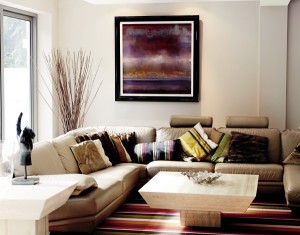
From wall-mounted televisions and large paintings, to heavy mirrors and even kitchen shelving units, Lifestyle Wall can support up to 15kg with a single no. 10 wood screw. This flexibility means that a room can be changed to serve whatever purpose the homeowner needs – whether it’s turning a study into a child’s playroom or a dining room into an extra bedroom.
The robustness of the new plasterboard also means that walls are much more resistant to the knocks and bumps that are inevitable in the busier areas of any home.
By giving customers greater flexibility, products like Lifestyle Wall are a great way for housebuilders to differentiate their offer. In fact, this is something we have been working with developers across the country to explore and we are actively looking for additional partners to do likewise.
Flexible finishes
Delivering long term satisfaction is going to be crucial for the consumers of ‘generation buy’. While the housing crisis is placing pressure on the shoulders of developers to provide large quantities of housing in a relatively short timeline, it’s important that sacrifices aren’t made on the finish.
It’s only through the use of intuitive products and design solutions that we can create interior spaces that stand out from the crowd of new build houses anticipated over the next five years.



